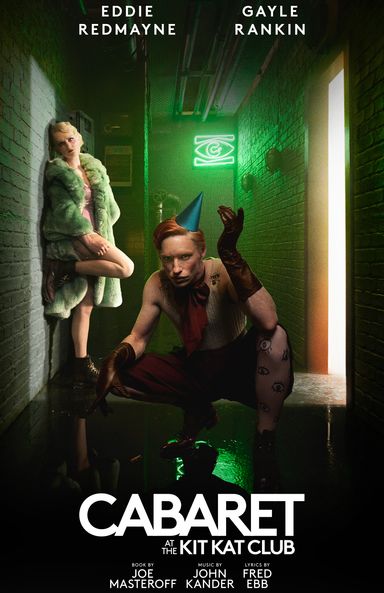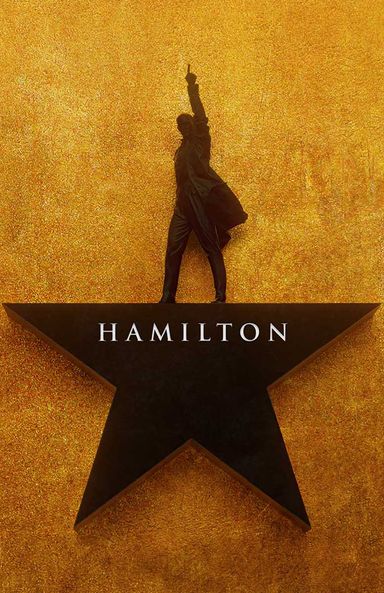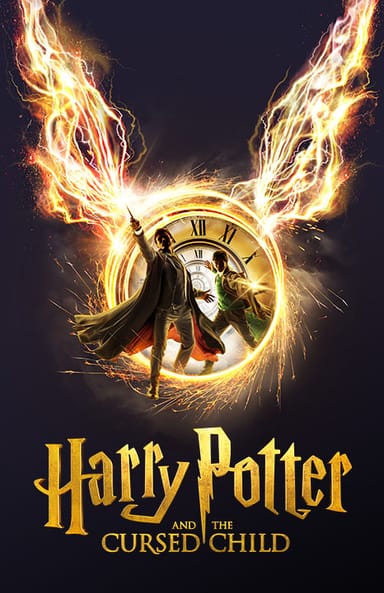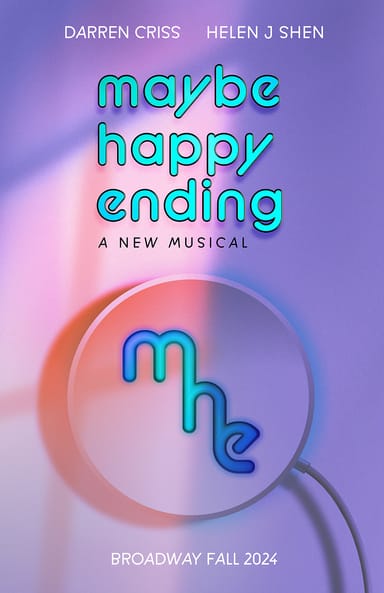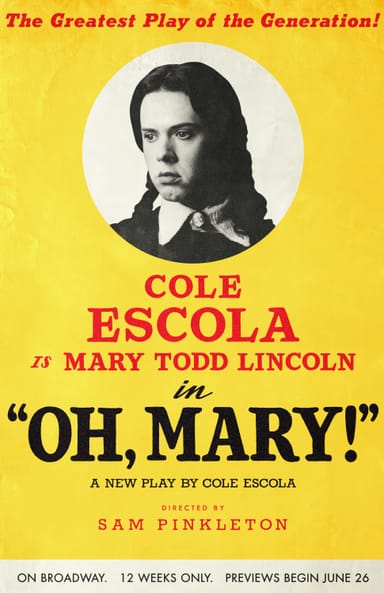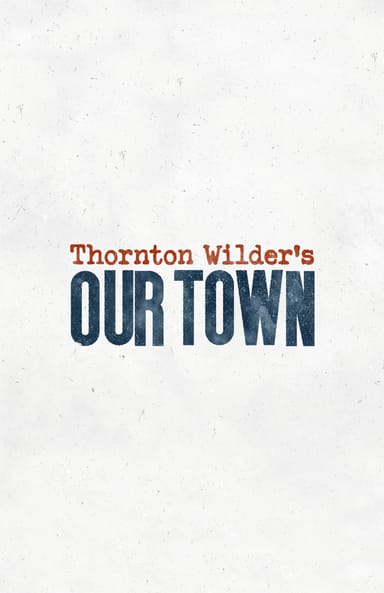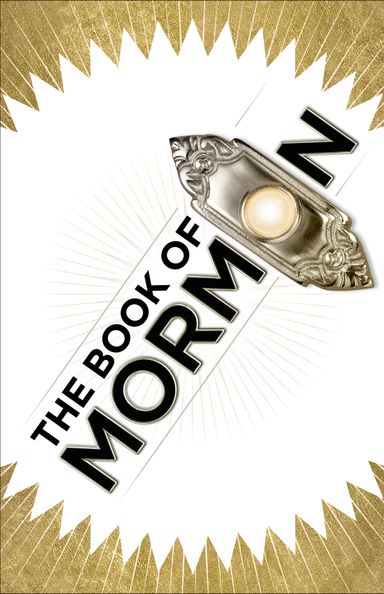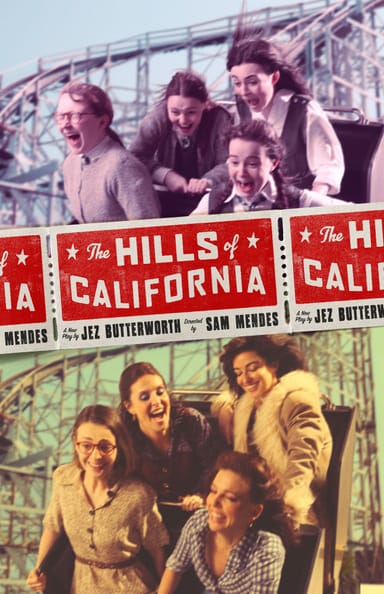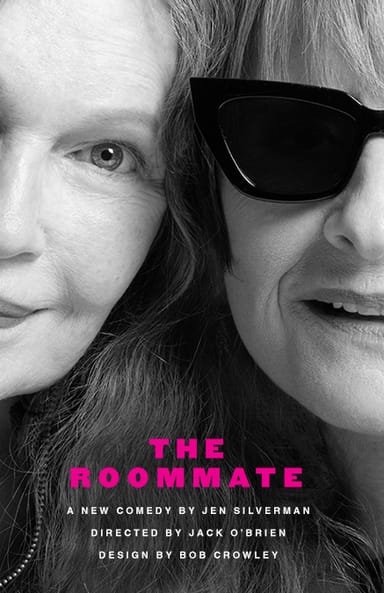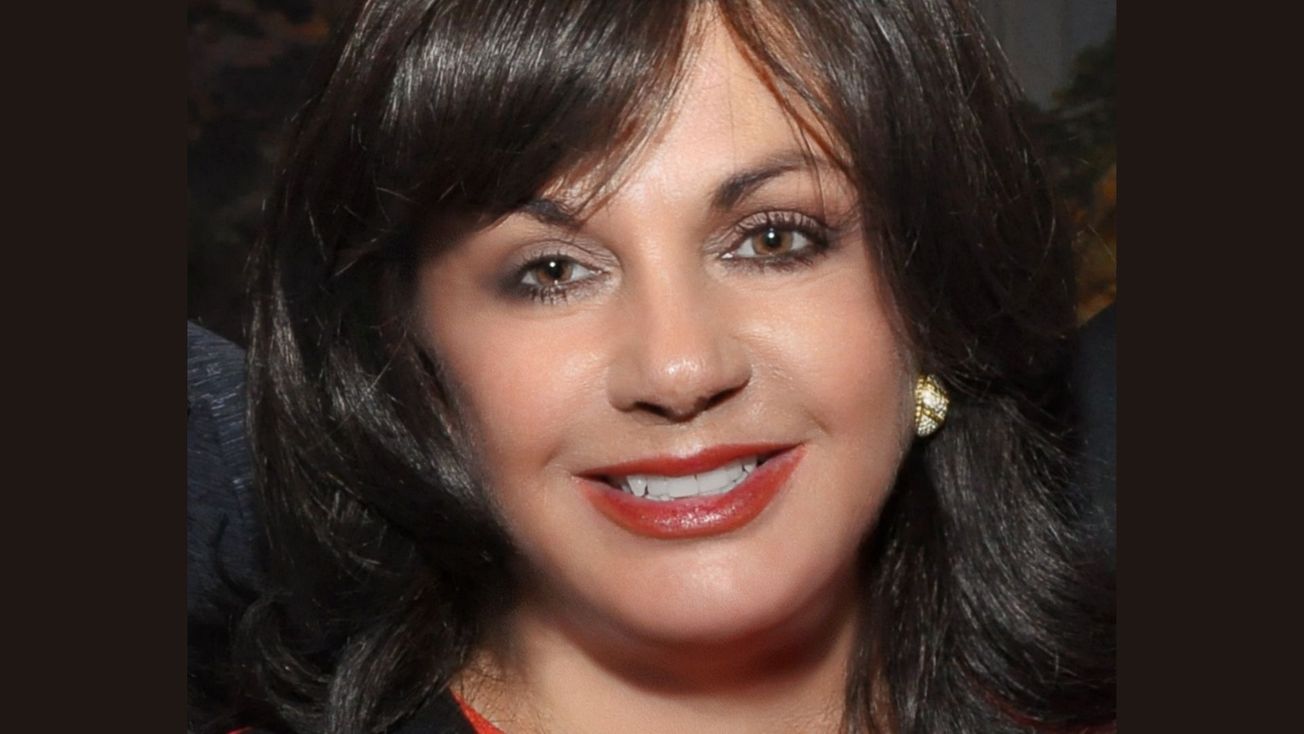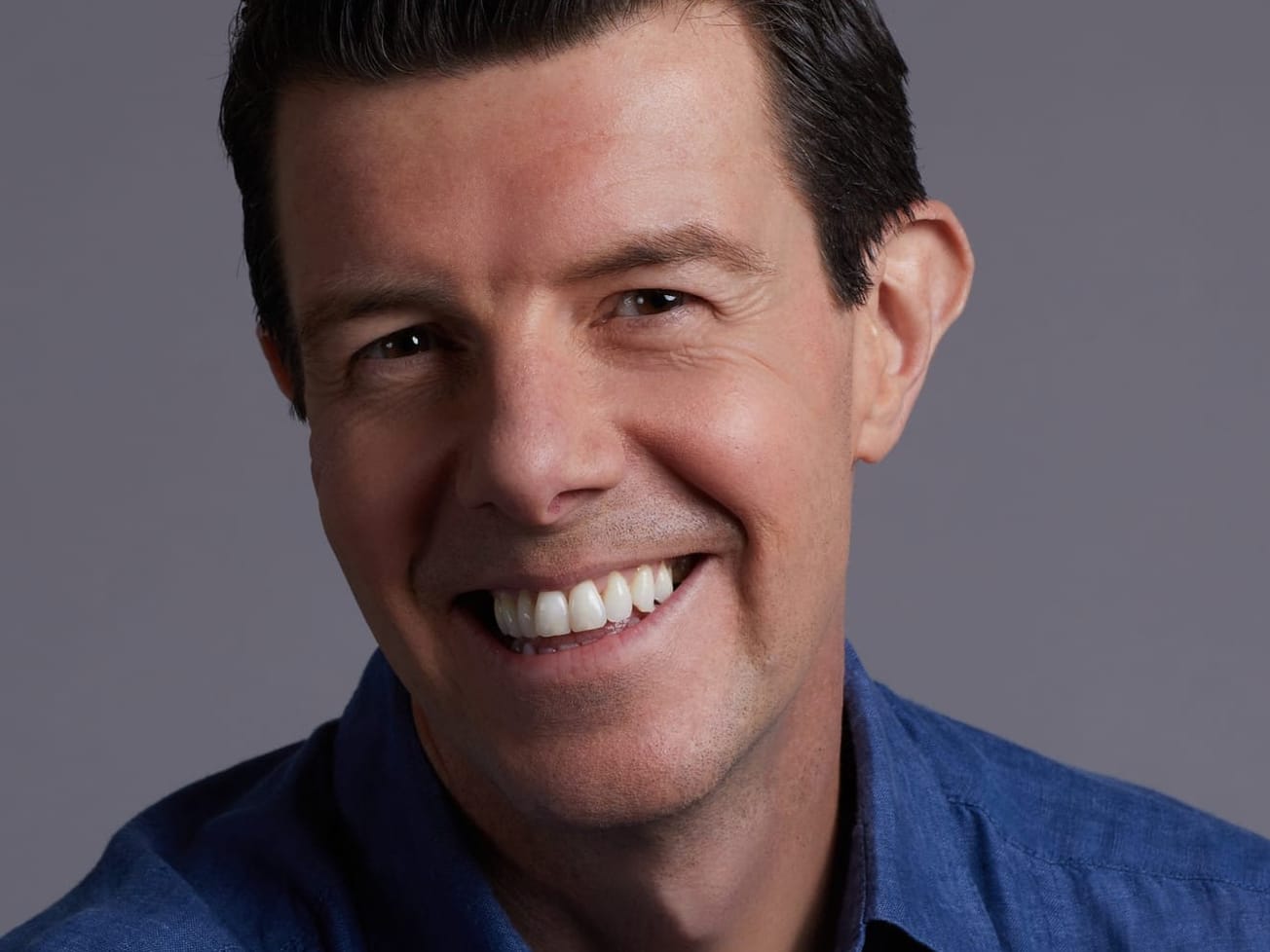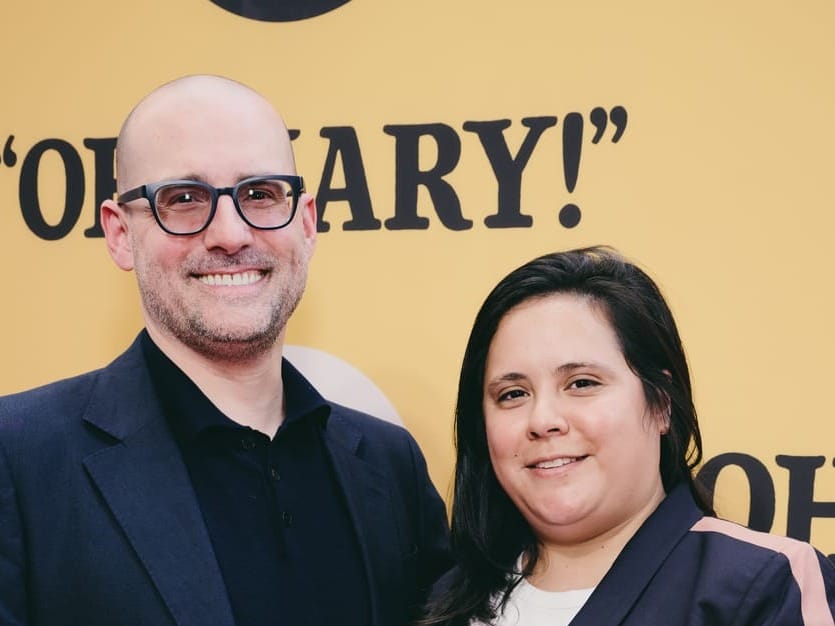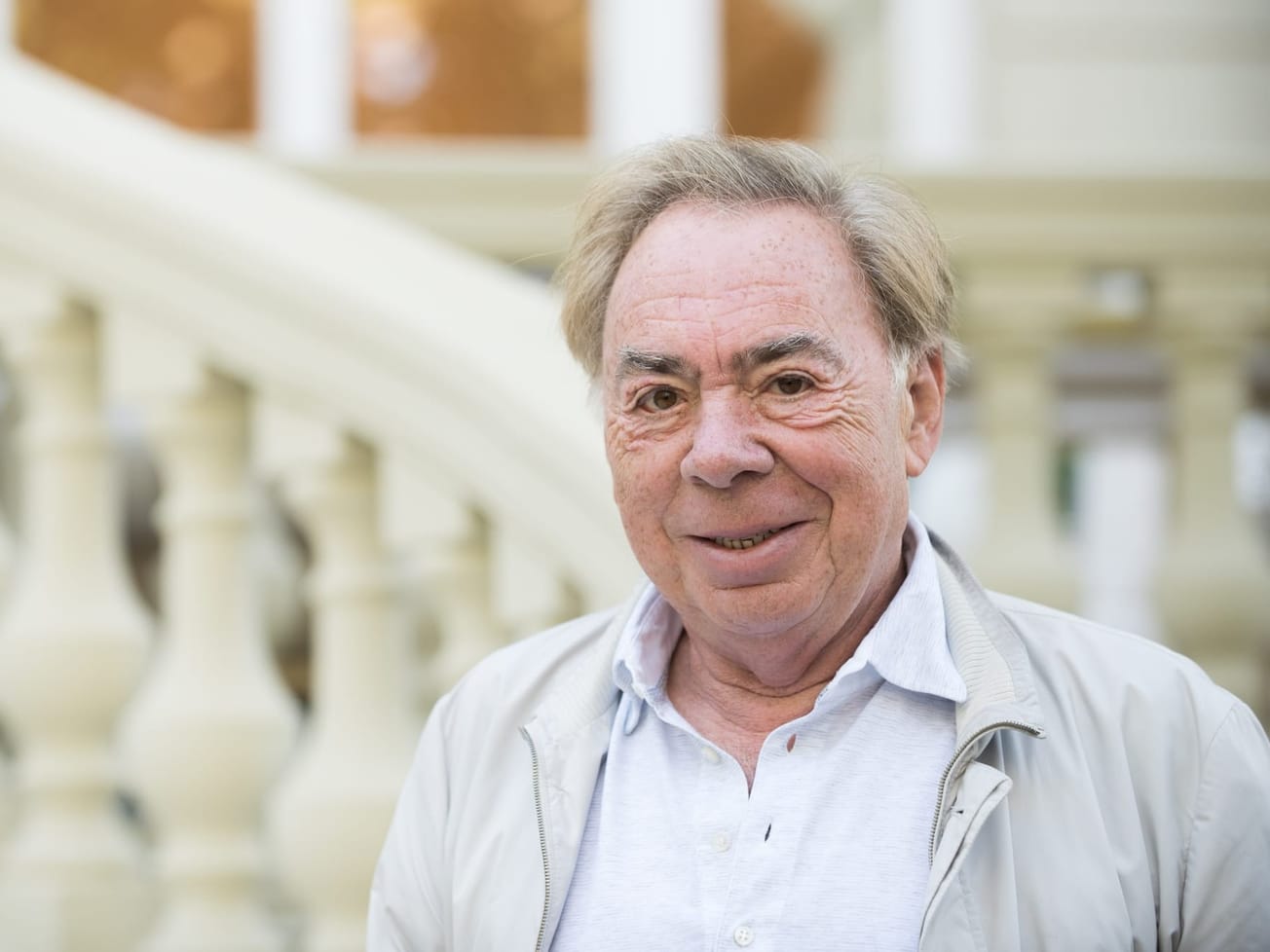At the end of January 2023, Broadway News sat down for an in-depth interview with the president of the Broadway League, Charlotte St. Martin.
As Broadway continues to fight back to its pre-shutdown strength in the wake of the COVID-19 pandemic, an economy rebounding from inflation and the public’s perception of New York City, Broadway News wanted to hear from one of the industry’s few visible leaders — a woman who is often considered the spokesperson for Broadway itself.
St. Martin has served as president of the League since 2015. She first joined the organization as executive director in 2006.
In the second part of this three-part series, St. Martin discloses the immediate priorities of the League and their current efforts.
Read the first part of the interview here: St. Martin’s perspective on the successes and pain points of Broadway today.
The following has been edited for length and clarity.
Something that became apparent during the COVID-19 shutdown was a misconception of what the League is. You’re the trade organization that brings entities together — primarily having been founded for contract negotiations. As you mentioned, the League has initiatives beyond that, but at the core you serve a league of members who are theater owners, producers, presenters, general managers, booking agents and more. How do you see the role of the League in continuing to serve the industry writ large?
St. Martin: We were founded almost 100 years ago for two reasons: to create a multi-employer bargaining unit — we now bargain 17 union contracts, so that’s still real — and then to fight fraudulent ticket brokers. And guess what? We’re still doing that. But if you look at the definition of a trade association and research what they do, they are to protect the business of the business. You think about the NFL, you think about the American Medical Association, you think about the American Bar Association. They lobby, they do research; depending on what their association is for, they develop safety practices.
Well, we did the protocols with our members for reopening Broadway. And we constantly work on safety and security through our negotiations. We lobby and speak up for our industry [in New York and on the Road]. We got tax incentives years ago for producers to do upstate New York tours and tryouts [in order] to keep them in New York. We work with our members around the country to do the same thing in their states. Of course, we worked very hard on the SVOG [Shuttered Venue Operators Grant]. We’re still working on it, actually. We worked on educating our elected officials at the city, state and federal level about the economic impact as well as the other things that theater does. We brand Broadway. We create the programs to grow the audience.
We do the road conference to bring the road in from around the country to see what’s on Broadway to help the presenting market figure out what tours they want to present. We’re about keeping the industry healthy. What I think we’ve done with the League is create a safe place for members with different needs and different points of view to get together and build consensus for the betterment of everybody.
In terms of the health of the industry, how do you think we’re doing now — not compared to the shutdown or September 2021 — but compared to the beginning of fall 2022?
St. Martin: Unfortunately, that’s difficult to measure. It’s one of the reasons why I didn’t believe in giving the grosses for our stub year, because it’s not fair to compare when you have six shows open, then seven more two weeks later, then three more two weeks later — you’re comparing that against a time when all theaters could be open. I lost that battle. People will be comparing to that year for the rest of our lives, and they won’t understand what was happening.
I would say that there is more confidence now. And the fact that we have 17 shows opening this spring, many that are musicals — which are, of course, the more expensive to mount — says there’s more confidence.
Broadway is such a strong brand that the general public doesn’t understand it’s a conglomerate of up to 41 individual businesses (aka shows). It’s not actually one business. On one hand, you’ve done an excellent job with the branding. On the other hand, because of it, people don’t understand that’s how it works.
St. Martin: Right.
In terms of the Theater District and government relations, specifically, one of the challenges we’re facing is the interdependent ecosystem of the neighborhood. It’s a circle of offices, restaurants and theaters. People aren’t back to the office full-time, so you don’t have a substantial after-work crowd going out weeknights, so restaurants are closing earlier than they ever did. That affects Broadway. But, of course, theater ticket sales affect whether restaurants staff later hours. Have there been discussions with other industry sectors about what we can do to help one another and how to break the cycle?
St. Martin: I would say not to the level you would hope we have had, but everybody’s still trying to figure it out. Of course, I meet with Andrew Rigie of the [New York City] Hospitality Alliance and Vijay Dandapani [president and CEO] of the Hotel Association [of New York City]. But it depends on who you’re talking to and where they’re located and what their reservation systems look like. Things aren’t normal yet. What I do see is that more and more businesses are beginning to require less remote work. And we know from office occupancies that we’ve lost a lot of businesses that have moved out of the city or let their leases expire and they have more remote work. But on the other hand, you have [certain investment banks] saying, You will be back to work or you won’t have a job in the office. Everybody ’is figuring out what to do about this because there are still people that don’t understand, and there are people that are scared to get on the subway. And people are scared to do things because they don’t know yet.
My doctor said, “So tell me about Broadway. We have to clean our chairs and everything after every patient [even though] I know as a doctor that a germ stays there for about 30 seconds and then it’s gone. How are you dealing with that?” I said, “We’re doing the same thing.” Because people’s perception is — for those that are afraid — that COVID lasts. So they need to be comforted that we’re doing everything we can do. Whether it’s the HEPA filters or the frequent testing of our cast and crew that are serving people, there’s just so much that’s not back to normal yet. I actually think sometimes [the fact] that we’re doing as well as we are is remarkable.
Still, the industry has shifted regarding canceling individual performances. This never used to happen — now it does with regularity. Do you see that continuing? Will shows get back to a place where they don’t have to cancel performances?
St. Martin: It’s a great question, and I wish I had a crystal ball. What I do know is in our recent Equity negotiations, one of the things that we did is we came to an agreement on more swings and understudies for just that purpose.
If you don’t have enough people to do the show, you have to cancel. I think we’re getting better. The fact that [Broadway has] not shut down since we opened is an achievement.
Click here to read Part One of this series.
Stay tuned to Broadway News for Part Three of this series.






